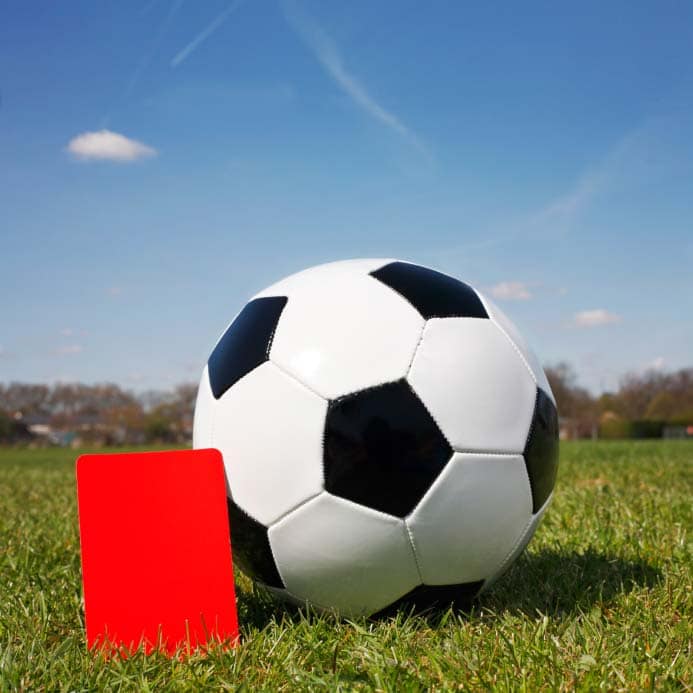The aftermath of a Google algorithm update can leave a lot of sites underwater. If you are following Google’s webmaster guidelines and providing value through relevant and fresh content you won’t have a problem, but it is nice to have peace of mind.
Checking to see if your site was affected by an algorithm is fairly straightforward. If for some reason you are suffering from a penalty, you’ll know the effect it had on your site and you can develop a game plan for moving forward.
There are two ways to get penalized and there are two ways to check for these penalties. The first is a manual penalty and the other is an algorithmic penalty.
Manual Penalty
A manual penalty is brought upon by a manual review of your site. If a Google employee reviews your website and finds it to be spammy or of low quality, it will receive this penalty.
The silver lining on a manual penalty is that Google tells you when you receive one so that you can take steps to remedy it right away. This communication is delivered through Google Webmaster Tools (GWT).
When you are in the main GWT interface, click the Search Traffic dropdown. In the list of options, then click Manual Actions. When this page loads, you’ll either have a penalty message or you’ll see the following:
If there’s no manual webspam action then you are clear from a manual penalty. If you are not, the details of the penalty will be outlined. Google should have already emailed you this notice as well, but in case you may have missed it check GWT regularly.
Algorithmic Penalty
The other type of potential Google penalty is the algorithmic penalty. This comes about due to an algorithm change and is solely caused by the engine crawling your site and deeming it to be low quality based on the algorithm’s standards.
This type of penalty won’t trigger a message, so it may require a bit more research to determine if one actually occurred.
The first telltale sign of an algorithmic penalty is a drastic decrease in traffic in the days or weeks after an algorithm update is made. In Google Analytics, set your time frame for the last 12 months. Then, using this algorithm update history, look at each of the major dates and the traffic trends for your site following those dates.
If you notice a sharp decrease you may have been hit with a penalty. If there are no traffic losses or the trends remain steady, you have a high quality site!
Another way to easily check for algorithmic penalties is with AlgoSlueth. This tool automatically pulls in your Google Analytics data for you and handles the comparisons that you would manually be doing in the steps outlined above. It covers all of the major updates and looks at a two year timeframe.
Check Your Sites Condition
Use the recommendations above to run an algorithmic check on your site frequently, especially after any major updates. If you find out that you are affected by a penalty, leave a comment and we can help get your site turned around.
